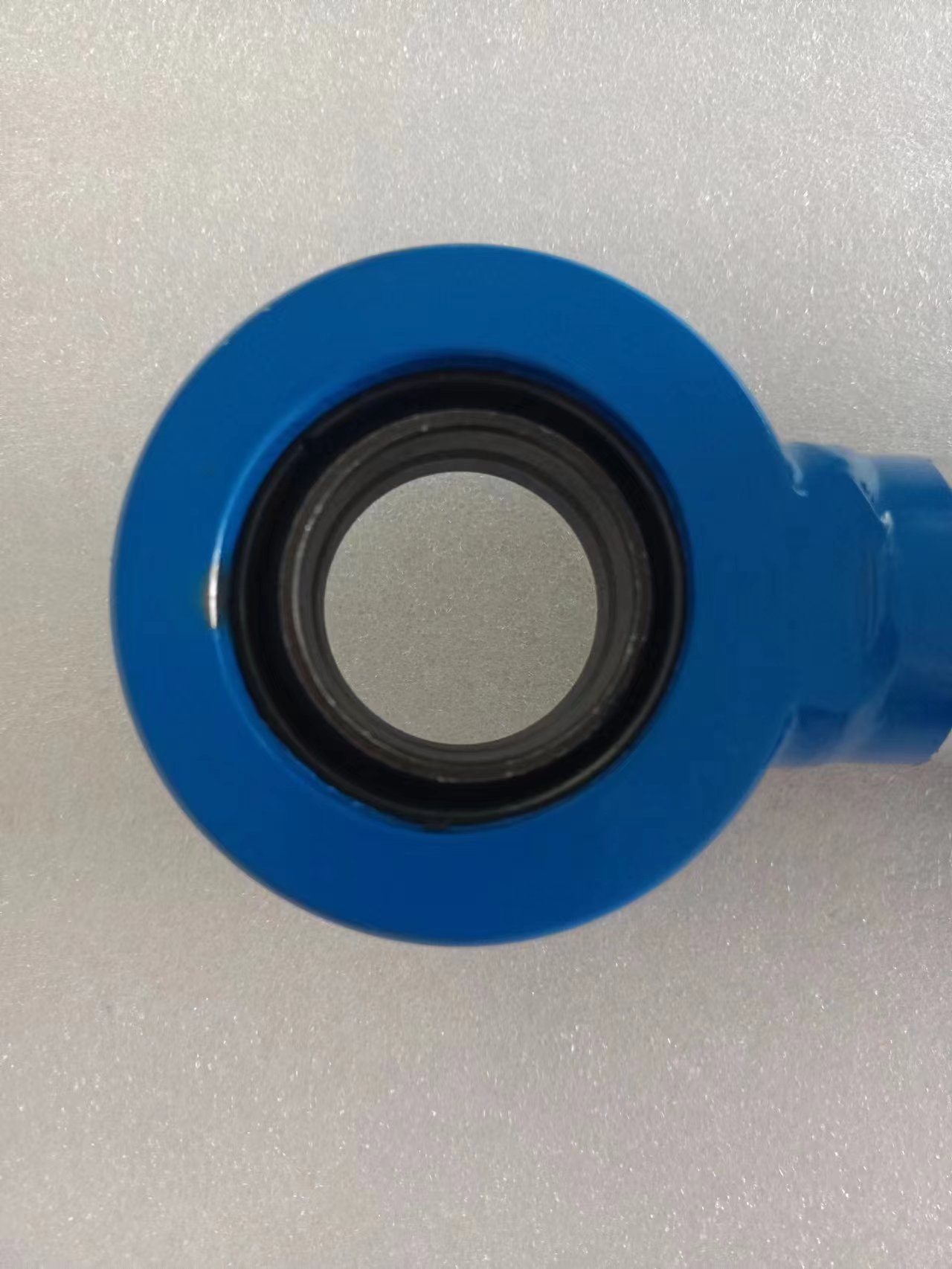सेप . 29, 2024 05:11 Back to list
Hydraulic Cylinder Solutions for Enhanced Steering Performance and Control
Understanding Steering Hydraulic Cylinders Key Components and Benefits
When it comes to modern vehicle steering systems, steering hydraulic cylinders play a crucial role in enhancing maneuverability and control. These components are integral to various applications, including automotive, agricultural machinery, and industrial equipment. This article delves into the functionality, design, and benefits of steering hydraulic cylinders, emphasizing their importance in contemporary mechanical systems.
What is a Steering Hydraulic Cylinder?
A steering hydraulic cylinder is a mechanical device that converts hydraulic energy into linear motion, helping to steer vehicles or machinery. It typically consists of a cylindrical housing, a piston that moves within the cylinder, seals to prevent fluid leakage, and hydraulic ports to connect to the hydraulic system. The primary function of this cylinder is to assist the driver in steering by providing necessary force, thereby reducing the physical effort needed to turn the steering wheel.
How Does It Work?
The operation of a steering hydraulic cylinder is based on the principles of hydraulics, where fluid under pressure is used to create force. When the driver turns the steering wheel, hydraulic fluid is directed into the cylinder through one port. This fluid pushes the piston, causing it to move and generate force that assists in turning the steering mechanism. The return fluid is expelled through another port, allowing the piston to return to its initial position.
This seamless process not only enhances steering precision but also allows for smoother maneuverability, especially in heavy vehicles or machinery, where manual steering would otherwise require excessive effort and lead to operator fatigue.
Design Considerations
The design of steering hydraulic cylinders involves several critical factors to ensure optimal performance and durability. Key considerations include
1. Material Selection The cylinder must be constructed from high-strength materials to withstand hydraulic pressure and resist wear and corrosion. Common materials include carbon steel, stainless steel, and composite materials.
2. Sealing Technology Effective seals are crucial for preventing fluid leakage, which can compromise system efficiency. Advanced sealing technologies, such as O-rings and lip seals, are employed to ensure longevity and reliability.
3. Piston Design The piston must be designed to minimize friction and allow smooth movement within the cylinder. Specialized coatings or surface treatments are often used to enhance performance.
steering hydraulic cylinder product

4. Hydraulic Fluid Compatibility The choice of hydraulic fluid is vital, as it must be compatible with the materials used in the cylinder and able to operate effectively over a range of temperatures.
Benefits of Steering Hydraulic Cylinders
The implementation of steering hydraulic cylinders offers numerous advantages, making them a preferred choice in many applications
- Enhanced Maneuverability Hydraulic assistance significantly reduces the effort required by the driver to steer, particularly beneficial in large vehicles and during low-speed maneuvers.
- Increased Precision Hydraulic systems provide more accurate and responsive steering than mechanical systems, allowing for finer control and improved safety.
- Reduced Operator Fatigue By minimizing the physical effort needed to steer, these cylinders help reduce fatigue during long hours of operation, enhancing overall productivity.
- Adaptability Steering hydraulic cylinders can be adapted for various types of vehicles, from cars to tractors, making them versatile components applicable across many industries.
- Improved System Longevity With proper maintenance, hydraulic systems tend to have a longer lifespan than traditional mechanical systems, reducing the need for frequent repairs or replacements.
Conclusion
Steering hydraulic cylinders are indispensable components in modern hydraulic steering systems, contributing significantly to the efficiency and effectiveness of vehicle operation. Their ability to provide enhanced control, decrease physical strain on operators, and adapt to various applications makes them highly valuable. As technology evolves, the design and functionality of these cylinders will likely continue to improve, further cementing their role in advancing vehicle and machinery steering systems.
-
High-Performance Fork Lift Hydraulic Power Units
NewsAug.21,2025
-
High-Quality Set of 50/60-45-290 471 - Precision Parts
NewsAug.19,2025
-
1.5 Ton Lifting Cylinder-Hebei Shenghan|Heavy-Duty Lifting, Precision Engineering
NewsAug.18,2025
-
1.5 Ton Lifting Cylinder-Hebei Shenghan|Precision Hydraulic Solutions&Industrial Lifting
NewsAug.18,2025
-
1.5 Ton Lifting Cylinder 70/82-40-290-535 - Hebei Shenghan Hydraulic Machinery Co., Ltd.
NewsAug.18,2025
-
1.5 Ton Lifting Cylinder 70/82-40-290-535|Hebei Shenghan Hydraulic Machinery Co., Ltd.
NewsAug.18,2025
